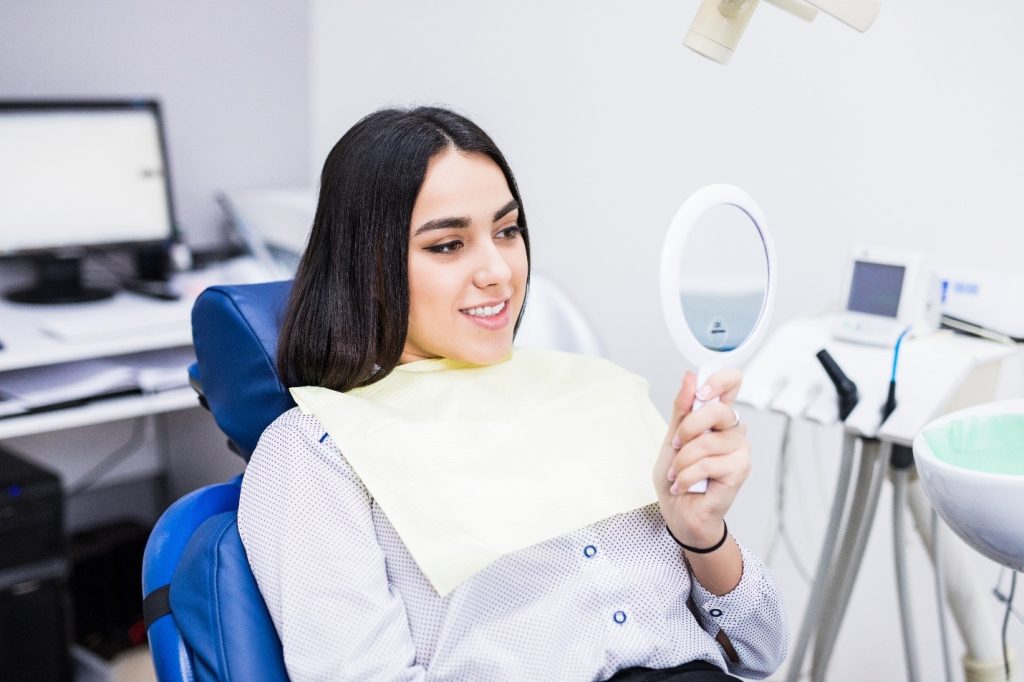Also known as bimaxillary osteotomy, double jaw surgery is a procedure that repositions both the upper and lower jaw at once. Although it is a major operation, it is safe and quite common. Double jaw surgery usually results in stark changes to the patient’s dental occlusion and facial symmetry, and the results speak for themselves.
In this article, the dental surgeons at Clinique Evoro provide an overview of double jaw surgery and post-operative care.
What does double jaw surgery involve?
Double jaw surgery is an operation that corrects the position or size of the jaws. The procedure involves both maxillary and mandibular surgery.
This is a common type of orthognathic surgery that is generally very effective and produces astonishing results, both in terms of dental occlusion and facial aesthetics.
What is this surgery used for?
Bimaxillary osteotomy is used to treat people who have a lower jaw that is too long, short, wide or narrow compared to their upper jaw.
These anomalies can cause a dental malocclusion that may damage periodontal tissues and lead to premature tooth loss. The malocclusion can also damage the temporomandibular joints and cause pain or difficulty opening the mouth if left untreated.
The purpose of the surgery is to properly position the jaws in the facial structure and make sure the upper and lower jaw are aligned. 3D x-rays are taken to facilitate the procedure and create 3D-printed aligners that will keep the jaws in place during the operation. This preoperative step is taken to make the surgeon’s job easier and improve the quality of the surgery.
The procedure
Bi-maxillary osteotomy is performed under general anesthesia. At the Evoro Clinic, we perform some maxillo-dental surgery under intravenous sedation, but orthognatic surgery will be performed in a hospital setting.
Surgeons create incisions under the mucous membranes so that the scars will not be visible on the face. At the incision sites, the surgeons cut through the jawbones to reposition the dental arches according to the 3D model made beforehand. The jaws are then fixed in place using miniature titanium plates and screws.
Finally, small orthodontic elastics are placed on both sides to connect the upper and lower jaws.
What to expect after double jaw surgery

After a successful operation, the average hospital stay is 24 hours but can vary from person to person.
Postoperative treatment includes medication to reduce pain and inflammation.
Maintaining perfect oral hygiene is vital to the healing process. The scars must be brushed gently 2 to 3 times a day. Antiseptic mouthwash should also be used. Patients must start with a liquid diet for the first 48 hours and then eat only soft foods for 1 month. Patients must not engage in sports or smoking in order to prevent complications.
It’s important to follow your healthcare provider’s instructions carefully to give yourself the best chance of a healthy recovery.
Trust Clinique Evoro with your double jaw surgery
Bimaxillary osteotomy is a common type of maxillofacial surgery. While it is a major operation that requires specialized maxillofacial surgeons, it is one that generally goes smoothly and produces stunning results.
The Clinique Evoro team in Gatineau has a great expertise with double jaw surgery. We can take charge of your bimaxillary osteotomy or any other maxillofacial services you require. Our surgeons will be happy to welcome you and discuss which treatments best suit your needs.
Contact us today! If your situation requires immediate attention, contact our emergency dental service in Gatineau without delay!

